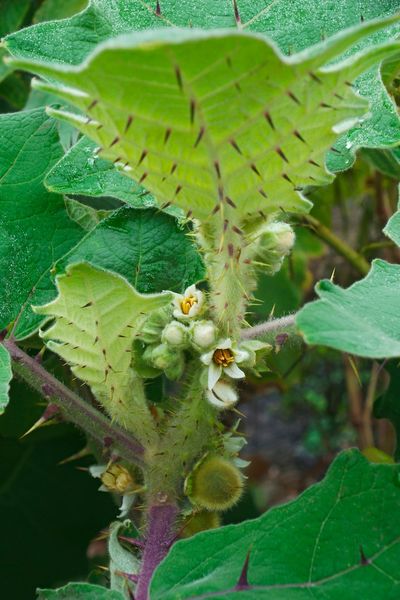Types of Naranjilla Plants
There are no truly wild naranjilla plants. Plants are usually propagated from seed collected from previous crops, resulting in only three varieties of naranjilla, Solanum quitoense. While several South American countries cultivate naranjilla, it is most common in Ecuador and Columbia where the fruit is known as ‘lulo.’ In Ecuador, there are five different varieties of naranjilla recognized: agria, Baeza, Baezaroja, bola, and dulce. Each of these bears some slight difference from each other. Although there are only three main types of naranjilla, other plants share similar characteristics (morphology) and may or may not be related. Some plants with similar morphology may be confused with S. quitoense since naranjillas physical traits often vary from plant to plant. These include:
S. hirtum
S. myiacanthum
S. pectinatum
S. sessiliflorum
S. verrogeneum
While the plants show much variation, little effort has been made to select or name specific superior cultivars. Spined varieties of naranjilla have spines on both the leaves and the fruit, and can be slightly dangerous to harvest. Both the spined and spineless varieties of naranjilla have fruit that is orange when ripe while the third naranjilla type, baquicha, features red fruit when ripe and smooth leaves. All three varieties share the distinct green ring of flesh within the ripe fruit. All types of naranjilla are used to make juice, refrescos, and desserts with the flavor variously described as being reminiscent of strawberries and pineapple, pineapple and lemon, or rhubarb and lime. In any case, they are delicious when sweetened.
